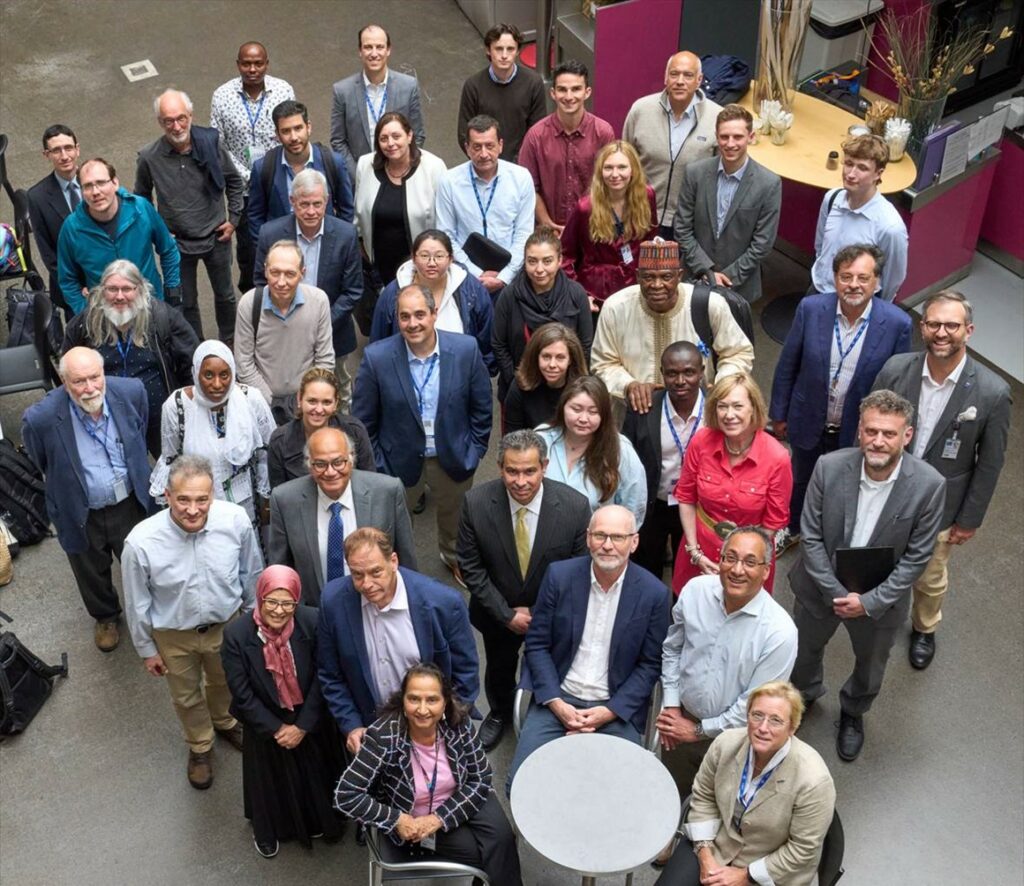Cockcroft experts from Lancaster University took part, on the 29th May in a two day Kick-off meeting at CERN for the STELLA project, “Re-engineering the Next Generation of Medical Linear Accelerators for Use in Challenging Environments”. The STELLA project, Smart Technology to Extend Lives with Linear Accelerators, aims to use new technology to improve access to radiotherapy in lower middle-income (LMIC) countries, particularly in Africa. The project is led by the International Cancer Expert Corps charity who have a world-leading program in developing training programs for clinicians and physicist in LMIC working on Oncology. The workshop had a wide range of participants from all over the world. Rob Apsimon and Graeme Burt gave talks on the UK ITAR project (Innovative Technology for improving Access to Radiotherapy), led by Prof Burt, which developed the conceptual design for STELLA, and Service and Maintenance of Radiotherapy machines in Africa.

Africa, a continent with over 1.2 billion inhabitants has just over 400 linacs, while the UK alone has 357. The population served by each linac is a critical factor in evaluating the radiotherapy services provided by countries. The IAEA recommendation is 1 unit for every 250,000 people and yet none of the 54 countries in Africa is even close to being able to satisfy this recommendation. The lack of radiotherapy capacity is especially pronounced in the Sub-Saharan region where most of the 27 African countries that do not have any linacs are located.
Graeme Burt says, “The STELLA project will lead to more people having access to radiotherapy, and shorter waiting lists, in lower-middle income countries, making a real impact in saving peoples lives all over the world. The work we did on ITAR setting up the conceptual design has put STELLA in a great place to move to the next stage with CERN and I look forward to continuing on this great project.”
